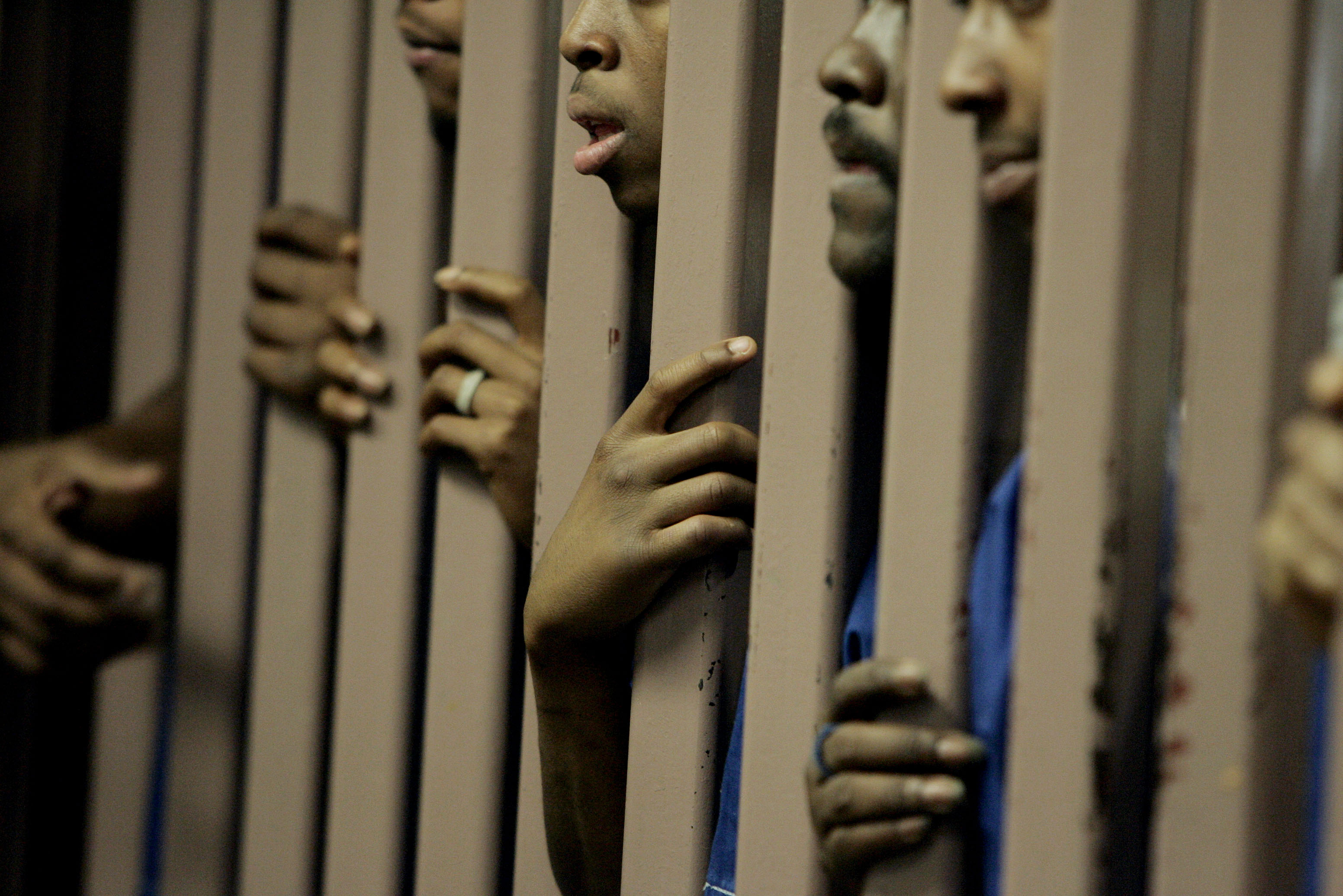
We can’t know who will commit crimes, but statistical models can give us an idea of who is more likely to offend. It’s not quite Minority Report—rather than seeing crime before it happens, the justice system uses risk assessment tools to gauge the probability of future offending based on factors like age, gender, and criminal history. This information is then used to inform a variety of decisions, including granting parole release, prioritizing who should receive programming (like drug treatment), or deciding how strictly probationers and parolees should be supervised.
Risk assessment is a key component of correctional practice, but its potential to contribute to justice system disparity is the focus of increasing concern and criticism. Recently, both a New York Times op/ed and Attorney General Eric Holder warned that using risk prediction assessments to determine sentence length could exacerbate class and race disparities in the criminal justice system. But what if there’s more to the story?
Sentencing is not the only stage where risk assessments might contribute to disparity. Findings from our multi-site study of racial and ethnic disparity in probation revocation outcomes are a case in point. In all four of our study sites, black probationers had their probation revoked and subsequently incarcerated at much higher rates than whites or Hispanics. They also had higher risk assessment scores and more extensive criminal histories—a major factor in the differential revocation rates.
Of course, you would expect scores from properly constructed risk prediction tools to relate to outcomes like probation revocation—this is what they’re designed to predict, after all. And if the tools predict reoffense, then supervising probationers with higher risk scores more closely and sanctioning them more severely is a common-sense approach.
However, while risk assessments derive much of their predictive power from differences in criminal history, such as the number of past arrests and convictions, they may not accurately reflect differences in actual offending behavior across racial and ethnic groups.
Ideally, a risk assessment tool should predict future behavior based on past behavior. But the reality is that current risk assessments rely upon measures that are partly driven by individual behavior, and partly by where the justice system is looking for offenses and how it responds when it finds them.
Despite similar rates of use, blacks are more likely than whites to be arrested for marijuana use and possession—a prime example of how differences in criminal history can be flawed proxies for differences in behavior. Another example: a recent Vera Institute study found more severe prosecutorial responses to similar black and Latino defendants relative to whites and Asians. As disparate treatment accrues in the justice system, subjective decisions at earlier points become objective factors at later stages.
But that doesn’t mean we should go back to pre-risk assessment decisionmaking. Evidence is strong that targeting programs by level of risk is the most effective way to reduce recidivism and promote reentry success.
Plus, reverting to more subjective decisionmaking will likely not reduce racial disparity. Presumably, reducing unequal enforcement, charging, and sanctioning would improve the effectiveness of predictive assessments by mitigating the influence of factors other than individual behavior. But that will be a long time coming.
In the interim, we need to be clear-eyed about the potential of our prediction instruments, at sentencing or any other point in our justice processes, to contribute to racial disparity in the justice system.
Jesse Janetta, Justin Breaux, and Helen Ho are on Twitter.
Photo: African-American inmates talk to clergy and community activists Thursday, Feb. 9, 2006, about racial clashes with Latinos at the Pitchess Detention Center in Castaic, 40 miles north of downtown Los Angeles. In response to the conflict, Los Angeles County Sheriff Leroy Baca invited clergy to the facility to help mediate problems. (AP Photo/Ric Francis)
Tune in and subscribe today.
The Urban Institute podcast, Evidence in Action, inspires changemakers to lead with evidence and act with equity. Cohosted by Urban President Sarah Rosen Wartell and Executive Vice President Kimberlyn Leary, every episode features in-depth discussions with experts and leaders on topics ranging from how to advance equity, to designing innovative solutions that achieve community impact, to what it means to practice evidence-based leadership.